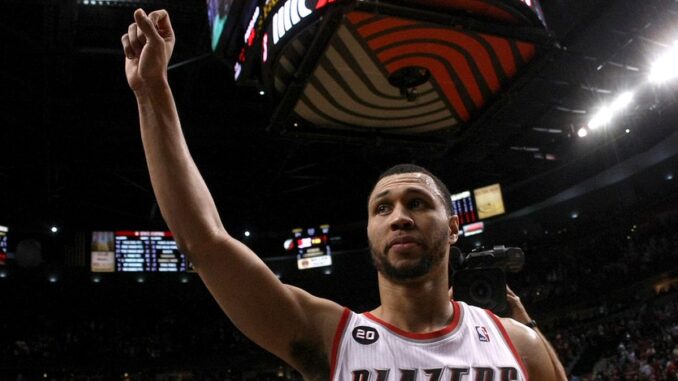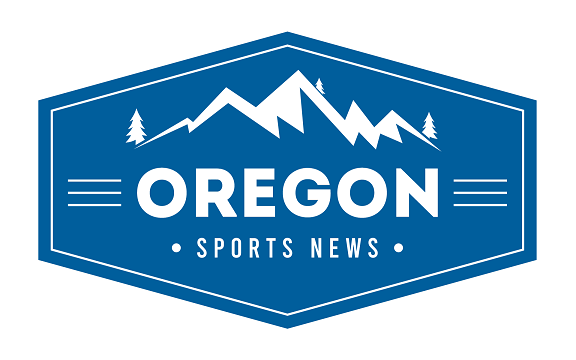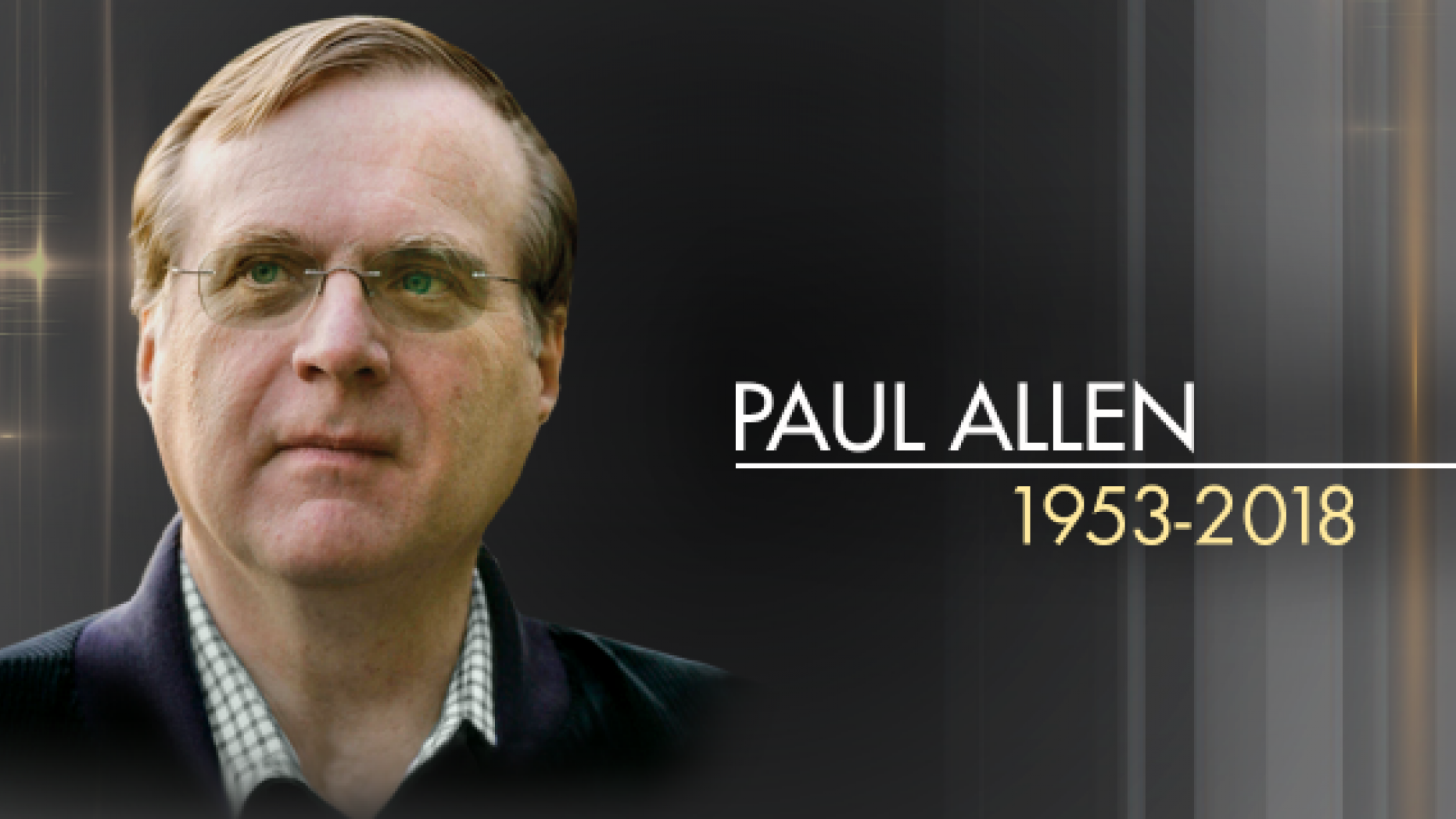
In their storied history, the Portland Trail Blazers have had numerous talented players, and many of them have been bold enough to suit up at shooting guard. These unique players must be among the most athletic on the court, capable of playing defense, and among the best shooters in the league. They need to be one of the most electric players near the basket, while still contributing on the boards. It’s a skill set that many players lack the talent for, even if they possess the height and length to play the position.
A true “2” on the lineup is not as common as it used to be; many are just too short or don’t have enough range to play the position well. These wings need to be able to shoot comfortably, whether they are two inches or twenty feet from the hoop, roam the perimeter on defense, be a sneaky defender that can poke the ball away from the other team’s best shooter, and get the ball to the open man when necessary. It’s becoming increasingly difficult to find the right person for the job, and many teams are still searching for one.
But who has been the best of the twos we have had in Portland? And are there any regrets over one of the all-time greats we narrowly missed out on?
Geoff Petrie
The original Trail Blazer, Petrie was Portland’s first draft pick in 1970 (even before the expansion draft) and immediately became the team leader. He was the Rookie of the Year in 1971 and was selected to two All-Star teams. Petrie averaged 25 points a game on a roster featuring absolutely zero other players in his rookie year and was named to the all-star team. Injuries and poor coaching set him back in his second year, but by his third year, he was playing like an all-star again and was one of the best guards in the game by 1974, while playing alongside rookie center Bill Walton.
After the 1976 season, the Blazers made the difficult decision to move on from Petrie and traded him to the Atlanta Hawks. The deal gave Portland the 2nd overall pick in the ABA dispersal draft that landed Maurice Lucas, so one could argue Petrie is responsible for bringing a championship to Portland even though he wasn’t playing here anymore. Sadly, Petrie suffered a career-ending injury and never played again, retiring after just six seasons in the NBA. He never got to play in a playoff game, as Portland would not reach the postseason until the year after he was traded.
Jim Paxson
The 12th pick in the 1979 draft, Paxson was expected to help run the new-look offense under Dr. Jack, with big man Mychal Thompson officially the new center to replace Bill Walton. Lucas was still on the roster, and it was possible some new faces could have the same success that Walton’s team had. It was not to be, but not because of Paxson. Selected as an all-star in 1983 and 1984 while scoring at least 21 points a game, Paxson was a big reason the early 80s Blazers were any good – and he likely would have been just as impressive over the next few years if not for injuries and the arrivals of Clyde Drexler in 1983 and Kiki Vandeweghe in 1985. Paxson was phased out of the starting lineup by 1986 and was playing for Boston by 1988.
Brandon Roy
Roy was drafted after LaMarcus Aldridge in 2006, but he was intended to be the new face of the franchise from day one – and that’s precisely what he became. After winning Rookie of the Year, he would be selected as an All-Star by his third season, becoming the first one in Portland since Rasheed Wallace, which was fitting since Roy was part of the new look Blazers being brought in to replace the previous regime that Wallace was a large part of.
Roy was a huge threat to shoot from anywhere on the floor, could guard the other team’s best player, and was a clutch performer. In addition to being selected as an all-star by his third year, he was in the conversation for MVP and the All-NBA team, and led Portland back to the playoffs for the first time in six seasons.
By his fourth year, everyone thought he was, in fact, the long-awaited heir to Clyde Drexler, but it was not to be. The first sign of what would turn out to be career-ending meniscus injuries reared its ugly head in 2010, and Roy would retire following the 2011 season. He would finish his time in Portland, averaging 20 points per game, and had one of the most epic playoff performances of all time in his final games as a Blazer during a series against Dallas.
CJ McCollum
Taken #10 overall in 2013, CJ would soon become Robin to the budding Batman played by Damian Lillard. With a similar size and skill set to Dame, it was questionable why Portland took another point guard just a month after the season ended, which saw Dame win Rookie of the Year as a point guard. Early returns on CJ as a floor general were not great. Things took a strange turn when starting guard Wes Matthews injured his Achilles late in the 2015 season, and CJ was thrown into the starting lineup as a combo guard.
In the starting lineup, CJ became the opposite of the guy we saw as a reserve. He impressed us with his ability to find the open man (assuming he wasn’t the open man Dame was looking for) and hit shots from just about anywhere, and he could run the second unit to give Dame time to rest as well. By 2016, he was the starter at guard and won the most improved player award while averaging 20 points per game as the second option in Terry Stotts’ offense.
The major criticism of CJ was his lack of effort on defense and not putting together a well-rounded game, but his talent as one of the best shooters in the game was beyond question. In seven seasons as the starting guard, he never averaged less than 20 points per game. No matter what his weaknesses were, he was one of the most potent scorers in the game. His performance in Game 7 of the conference semifinals against Denver in 2019 almost single-handedly gave Portland its first appearance in the conference finals in 19 years. He was never selected for the All-Star Game, but given how many superstar guards the Western Conference had during his time in Portland, that’s not much of a surprise. If he had played in the East, CJ would have made a few all-star teams, no question.
Clyde Drexler
There may come a time in Portland when we see another athlete as gifted as they are talented, and that player is also one of the hardest workers on the team and stays healthy for more than a decade, but that is tough to imagine. Clyde just made basketball look easy; that’s the best way I can describe watching him play. I could tell you that Portland drafted him even though it didn’t make any sense at the time, and that would be true. But when you’re holding the 14th pick in the draft and one of the most insanely athletic players in NCAA history is available, it doesn’t matter what position they play or if you already have an all-star on the team at that spot, which Portland did (Jim Paxson). You take Clyde and figure out where he fits later. It turns out that it would be in 1985 when Clyde started half the season at shooting guard and was the full-time starter in 1986, when he was selected for his first all-star game.
Clyde would improve his overall game in his first few years, becoming one of the most electric players in the league. By 1988, he was averaging 27 points per game and was one of the best players in the West, and probably would have been considered the best player in the league if not for a certain kid playing for Chicago. Clyde had Portland back in the Finals by 1990 and made a second trip in 1992; he also led the team to the conference finals in 1991. It was the best three-year run in team history, and it only fell short of the 1977 season by a game or two.
Clyde’s teams never missed the playoffs, a record that will likely never be touched. By the time he was traded to his native Houston at the deadline in 1995, he had already solidified himself as one of the greatest players in the history of basketball and was regarded by many as the second-greatest player of his generation. He’s an all-timer in so many ways, and even though he didn’t win a title, he won over the city and the fans so many times. As good as some of the guys before and after him have been, he’s probably the best all-around basketball player Portland will ever see in a Blazers uniform.
Michael Jordan – Ok, let’s dive into this one. MJ was one of, if not the best, at the two spot, and many consider him the best player ever, regardless of position. So, yes, it’s tough that Portland could have drafted him and chose not to. But the critical thing to remember is that you can’t just take the guy who grew as a player on a bad team in Chicago, and just assume you would get the same guy here. It is unlikely that he would be the same person if he had started here.
Bowie turned out to be a bust, but the pick made sense at the time. Hakeem Olajuwon was the player every team (even those with good centers) was after; everyone else depended on who fit the team and their scheme best. It’s tough for me to knock the best available player at the biggest need draft approach when it has worked here in the past. Jordan wasn’t the best player in the draft; he wasn’t even the most NBA-ready guard on many draft boards, so we can’t just take him at #2 and move on when we have other needs to address. Coming from UNC, he was known as the skinny kid who played hard and could drive to the basket. But the knock on him was whether he could handle the beating that guys take in the NBA, and more importantly, if he could shoot. As much as we like to wonder what a Jordan/Drexler pairing would have looked like here, we need to stop doing that. It would not have worked, more likely than not. And even if it had, the Blazers already had Clyde from the previous draft, and he had a more NBA-ready body and skill set. They already had Jim Paxson at guard, so taking a chance on Jordan didn’t make sense at the time when they were thinking they needed to build their frontcourt to compete for a championship and knew they needed Drexler at the two long term.
The Blazers were a good team looking for ways to be great; we don’t know if a young Michael Jordan would have been a good fit here. He landed in Chicago, where he had no one at the time, and more importantly, no one to share the ball with. The Drexler we got is better than any “beta” version of Jordan we would have received here, or worse, a “beta” version of Clyde.
The Blazers reached two finals but were narrowly defeated in a close series against the Lakers, missing the opportunity to make it to three straight. Live in the alternate version of the past if you want to, but I have no reason to believe the Jordan that came from the late 80s Eastern Conference would have been the same guy playing second fiddle to Drexler in the West. That would have been a lot like the system he was in at UNC, where he was a supporting player on a team-first scheme, which sounds a lot like the system Portland ran during Drexler’s best years here. It would have been neat to have an ’80s version of Wes Matthews on Drexler’s teams, but I don’t think that guy would have been a better fit for this team than Jerome Kersey was.
Taking Jordan means we have no Jerome Kersey (we probably wouldn’t draft him in 1984 if we take Jordan in the first round), and no Buck Williams (if we don’t draft Bowie, who do we trade for Buck?). Not to mention, I have no idea what version of Duckworth emerges in 1988 when he becomes the full-time starter. Stop dreaming of six titles in Portland and consider for a moment who would still be here for Clyde and Jordan to play with. I don’t think a team of random guys will get the job done. And that probably means Rick Adelman is not the head coach in 1989. Why would he want to coach a team of two guys? Thanks, guy, you just ruined my whole sports childhood with one wish and shattered so many dreams locked in Dairy Queen blazers cups tucked away in dusty storage bins.
While there have been many great guards in Portland’s history, one is better than the rest. I don’t care how great Jordan was in Chicago, here Clyde is in the air above everyone else. The guy could shoot from anywhere; he was one of the best dunkers in the history of the game, and he had the size, length, and speed to keep up with the best players of his generation. I simply can’t ask for more than that. If Jordan came here, he probably wouldn’t work as a second option, or he would drive Clyde away, and I’m not having that. I’ll take the career Clyde had and how magical the time here was with him in the picture over a series of maybes that get less and less likely with Jordan.
Scottie Pippen wasn’t walking in the door here, and neither was Phil Jackson. We have no idea what kind of player Jordan would have been without them, but we know what Clyde we’re getting – the best to lace up a pair of Avia sneakers.




